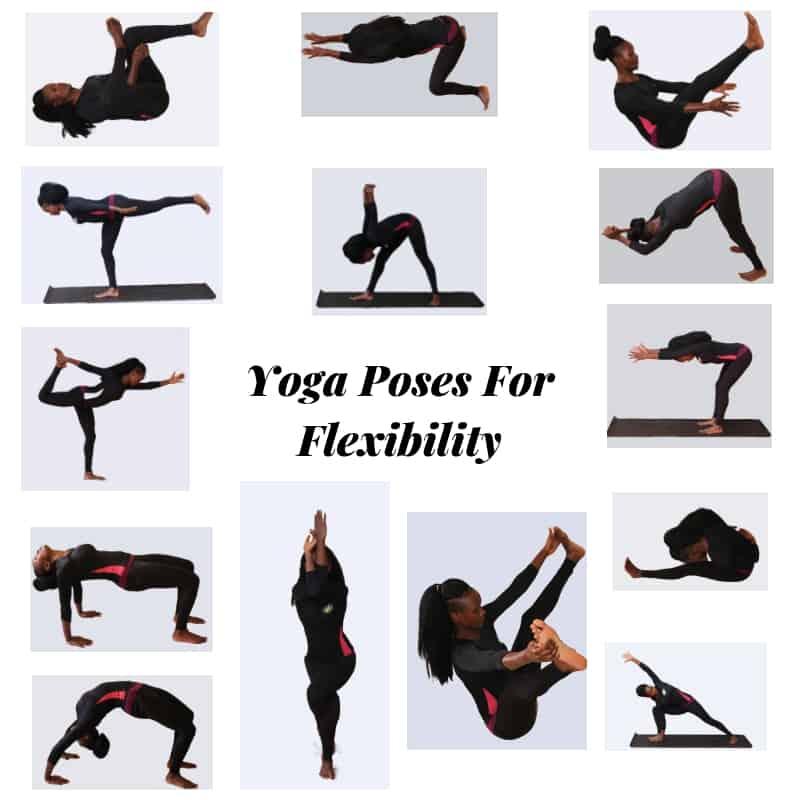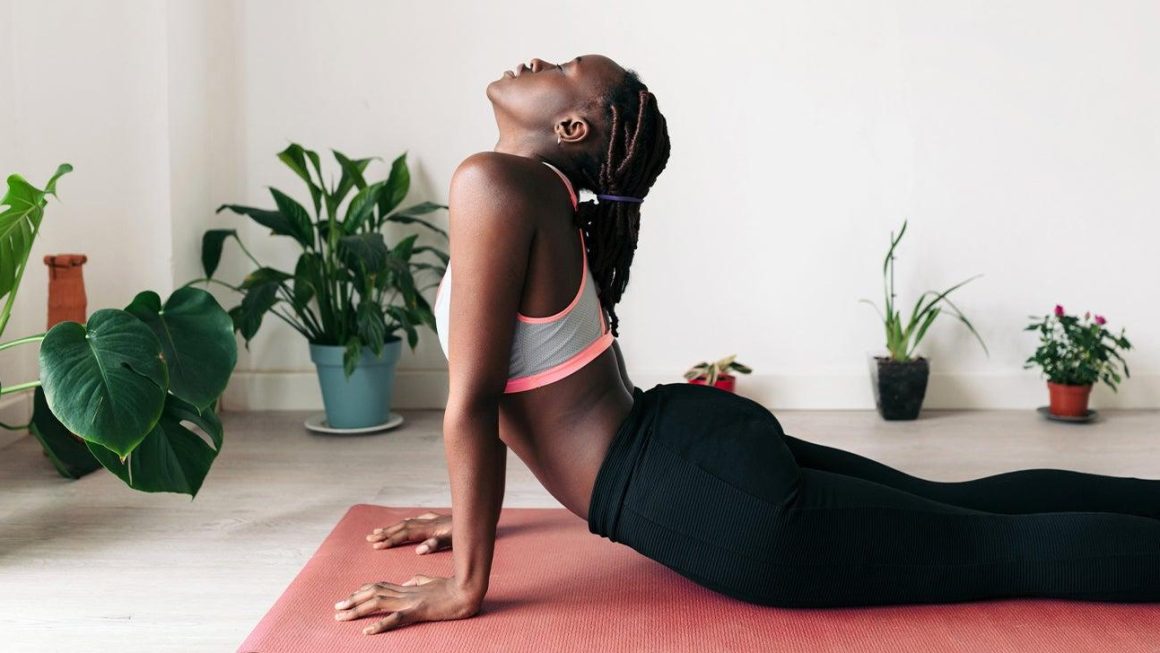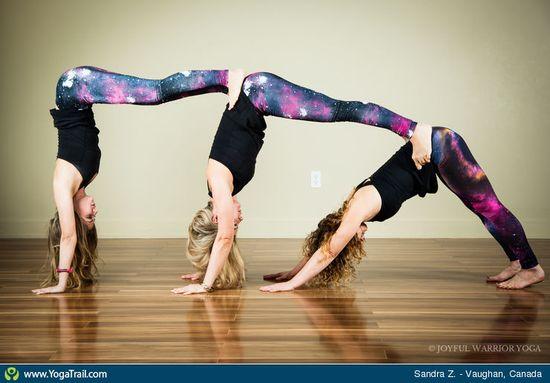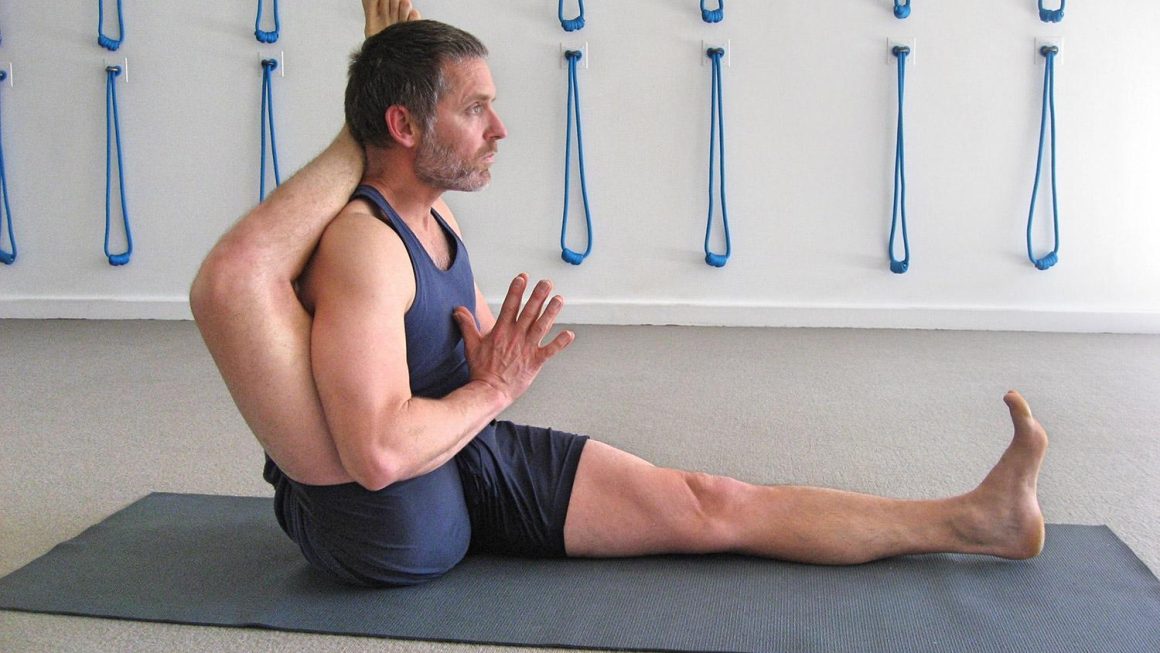Flexible Poses: Enhance Your Yoga Practice
When it comes to yoga, the term “flexible poses” commonly conjures images of graceful postures and masterful splits. While flexibility is indeed a crucial factor, flexible poses involve a deeper understanding of balance, strength, and alignment. Whether you’re just beginning your yoga journey or are a seasoned practitioner, integrating flexible poses into your routine can elevate your practice.
What are Flexible Poses?
Flexible poses are postures in yoga that require a significant range of motion and adaptability, engaging various muscle groups while enhancing flexibility. These poses are integral for developing strength, improving balance, and achieving a harmonious body-mind connection.
Benefits of Practicing Flexible Poses
- Improved Flexibility: Regular practice of flexible poses increases the body’s range of motion, making everyday activities easier.
- Enhanced Strength: Many flexible poses also build muscle strength, particularly in the core and legs.
- Better Posture: Flexible poses promote alignment and stability, reducing the risk of injuries.
- Boosted Circulation: These poses improve blood flow, nourishing your organs and tissues.
- Stress Relief: Engaging in yoga can provide mental relaxation and emotional balance.
Practical Tips for Mastering Flexible Poses
To effectively incorporate flexible poses into your yoga practice, consider the following tips:
- Warm Up: Always begin with a thorough warm-up to prepare your muscles. Focus on dynamic stretches.
- Focus on Breath: Use deep breathing techniques to help relax your muscles and enhance your range of motion.
- Use Props: Don’t hesitate to use yoga blocks, straps, or bolsters to support yourself in more challenging poses.
- Ignore the Competition: Avoid comparing your flexibility with others; focus on your personal journey.
- Consistency is Key: Practice regularly to gradually improve your flexibility and strength.
Incorporating Flexible Poses into Your Routine
To enhance your yoga practice, consider including these essential flexible poses:
| Pose Name | Description | Associated Benefits |
|---|---|---|
| Pigeon Pose (Eka Pada Rajakapotasana) | A deep hip opener that stretches the hips, thighs, and lower back. | Enhances hip flexibility and releases tension. |
| Bridge Pose (Setu Bandhasana) | A backbend that opens up the chest and stretches the spine. | Strengthens the back and improves flexibility in the shoulders. |
| Warrior II (Virabhadrasana II) | A standing pose that promotes strength and stability while opening the hips. | Builds muscle endurance and improves posture. |
| Cobra Pose (Bhujangasana) | An awakening backbend that stretches the chest, shoulders, and abdomen. | Relieves fatigue and improves spinal flexibility. |
| Forward Fold (Uttanasana) | A standing forward bend that stretches the hamstrings and spine. | Calms the mind and relieves tension in the body. |
Case Studies: Real-Life Transformations through Flexible Poses
Many practitioners have experienced significant transformations in their bodies and minds through the consistent practice of flexible poses. Below are two inspiring case studies:
Case Study 1: Emma’s Journey to Improved Flexibility
Emma, a 30-year-old office worker, found herself suffering from lower back pain due to a sedentary lifestyle. After incorporating flexible poses such as Pigeon Pose and Bridge Pose into her routine, she noticed a remarkable decrease in pain and an increase in flexibility.
Case Study 2: John’s Path to Stress Relief
At 45, John struggled with high stress due to his demanding job. Seeking relief, he joined a local yoga class. Regularly practicing Warrior II and Forward Fold helped him manage his stress levels, leading to better emotional balance and overall well-being.
First-Hand Experience: My Practice with Flexible Poses
As a yoga enthusiast, I’ve personally benefited from the integration of flexible poses into my routine. Finding balance in my physical body has allowed me to experience greater emotional stability in my daily life. I often begin my practice with a gentle warm-up, focusing on my breath. Over time, I’ve built the confidence to explore deeper postures, gradually noticing how my body responds positively to the challenges presented by flexible poses.
Conclusion
Incorporating flexible poses into your yoga practice can profoundly impact your physical and mental well-being. From improving flexibility and strength to promoting balance and stress relief, the benefits are abundant. Remember that the journey to greater flexibility is one of patience and consistency. So, roll out your mat, breathe deeply, and explore the rich experience of flexible poses!




